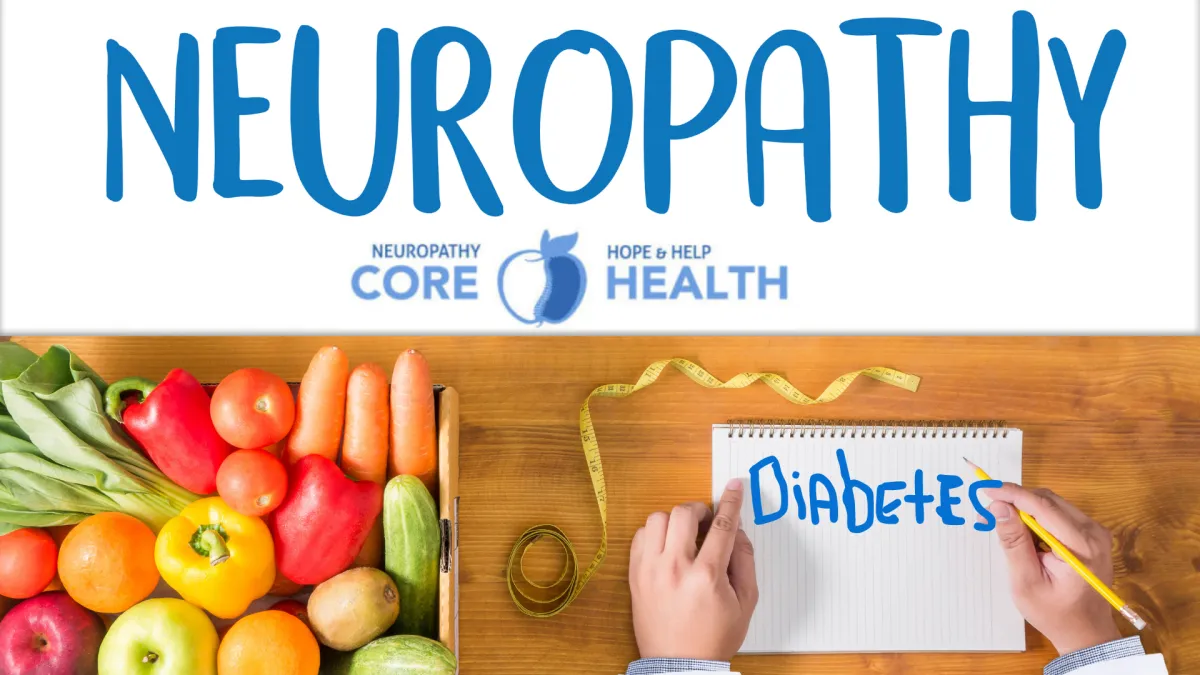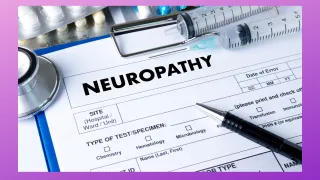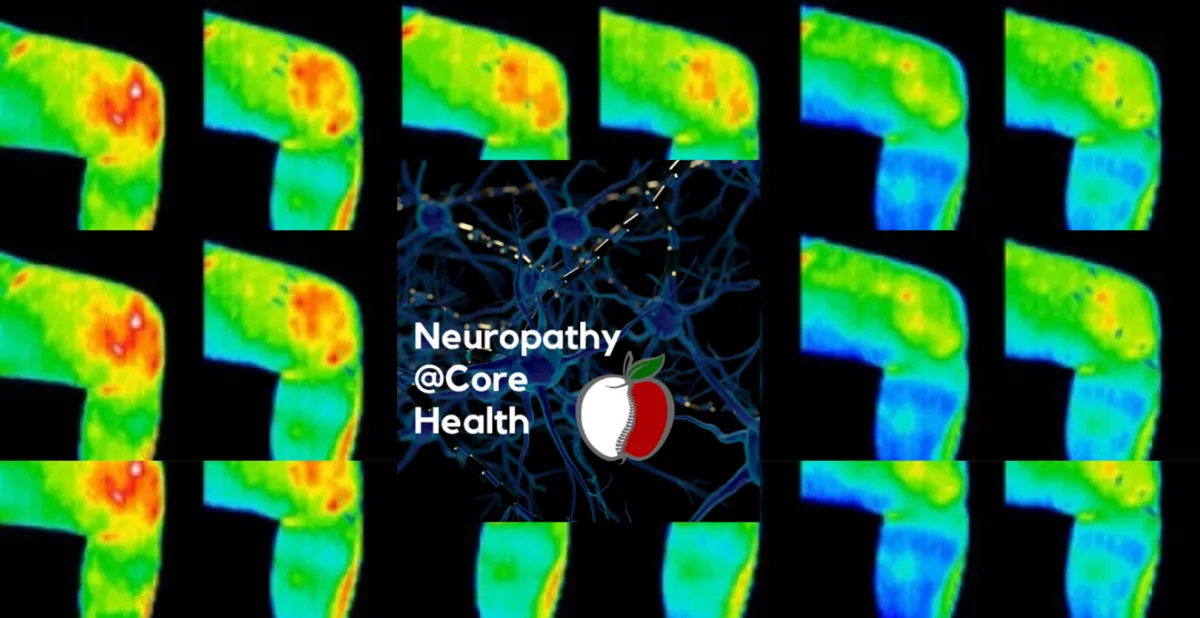
Low Level Laser triggers the production of endorphins, the body's natural pain killers. The laser effect can lower pain impulses by aiding the transmission of nerve impulses. Recent studies indicate that LLLT for neuropathy helps in neuronal regrowth in the afferent nerves allowing for improved healing. LLLT is a painless procedure and as prescribed by Neuropathy@CoreHealth can be done on a daily basis at home. Home-based neuropathy treatment allows for more therapeutic benefit because the neuropathy sufferer does not have to commute to our office as often. They are shown how to do the treatments by themselves. better compliance with neuropathy care means better outcomes as well benefiting the patient.
Low-Level Laser Therapy (LLLT), also known as photobiomodulation, uses low-intensity light to stimulate cellular processes. One of the key mechanisms through which LLLT works is by stimulating the production of nitric oxide (NO). Here's how this process generally occurs:
Photon Absorption by Cytochrome c Oxidase:
When cells are exposed to light of specific wavelengths (commonly in the red or near-infrared spectrum), photons are absorbed by chromophores within the cell. One primary chromophore is cytochrome c oxidase (CcO), which is a component of the mitochondrial electron transport chain.
Release of Nitric Oxide from Cytochrome c Oxidase:
Cytochrome c oxidase binds nitric oxide under certain conditions, which can inhibit its activity by preventing the transfer of electrons through the electron transport chain. When LLLT is applied, the energy from the photons causes the dissociation of nitric oxide from cytochrome c oxidase.
Enhanced Electron Transport and ATP Production:
With the release of nitric oxide, cytochrome c oxidase is relieved from inhibition, allowing for more efficient electron transport. This leads to an increase in mitochondrial membrane potential and enhanced production of ATP (adenosine triphosphate).
Nitric Oxide as a Signaling Molecule:
The nitric oxide released from cytochrome c oxidase and potentially other cellular stores can then act as a signaling molecule. Nitric oxide is involved in various physiological processes, including vasodilation, modulation of inflammatory responses, and cellular proliferation.
Secondary Effects:The presence of nitric oxide can lead to vasodilation by activating guanylate cyclase, which increases the levels of cyclic GMP (cGMP) in vascular smooth muscle cells, leading to relaxation and increased blood flow.
Nitric oxide can also influence other signaling pathways, such as those involving reactive oxygen species (ROS) and calcium signaling, contributing to cellular repair, reduced inflammation, and other therapeutic effects.
In summary, LLLT stimulates the production and release of nitric oxide primarily by interacting with cytochrome c oxidase in the mitochondria, which enhances cellular respiration and energy production while leveraging nitric oxide's signaling roles to produce rapid relief from neuropathic pain symptoms. Neuropathy@CoreHealth can be reached at 203-875-0846
FAQS
What services do you offer?
We offer a comprehensive range of cutting-edge therapies to optimize your healing response. Understand that there is no cure for peripheral neuropathy. Neuropathy@CoreHealth strives to help you feel better with an improvement in neuropathic symptoms. Our success is in part due to the range of therapies that most medical doctors are unaware of.
Does Medicare cover the cost?
Medicare does not cover the cost of treatment from Neuropathy@CoreHelth. Our at home pricing starts at 2987 and can go up to $8792 for a six month program that includes in office care.
How long does it take to feel results with your treatment?
Great question. Everyone is different in how they respond. The dietary changes seem to present a major stumbling block for most people. Some cannot give up alcohol and their chances for success are diminished. Remember our treatment is not a cure! We are trying to make the metabolic pathways work better to quell neuropathy.
What types of treatments are included in the Home-Based Neuropathy Care program?
Patients receiving Home-Based Neuropathy Care from Neuropathy@CoreHealth are continuously supported by a dedicated team of specialists. This includes regular remote check-ins to monitor progress, adjust treatments as necessary, and provide guidance and motivation. Additionally, patients have access to a helpline for any urgent queries or concerns that may arise during their treatment.

Is Home-Based Care effective for severe neuropathy symptoms?
Yes, Home-Based Care is designed to be highly effective for managing both mild and severe neuropathy symptoms. The treatment plans are developed based on the latest advancements in neuropathy care and are customized to each individual's specific condition, ensuring that even those with severe symptoms can achieve significant relief and improved quality of life.


At Neuropathy@CoreHealth, our strength lies in the expertise and commitment of our exceptional team of pain management specialists. We are more than just healthcare professionals; we are your partners in your journey to pain relief and improved quality of life.
Our staff shares a common goal: to provide you with the highest standard of care and support throughout your peripheral neuropathy management journey. We take pride in our comprehensive approach, ensuring that every aspect of your neuropathic pain is addressed, from its physical manifestations to its emotional toll.

